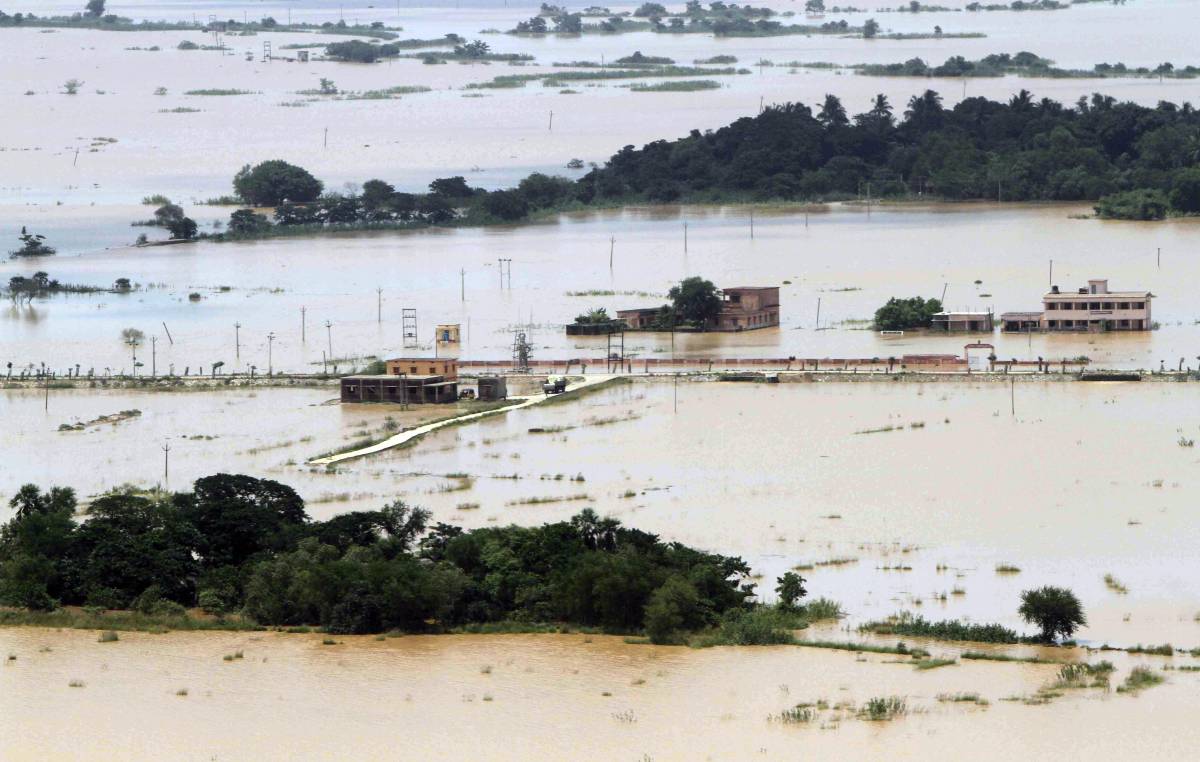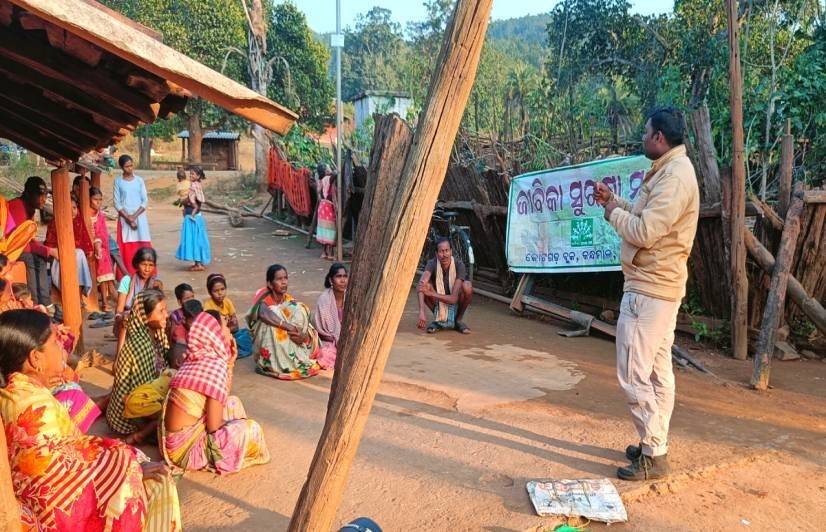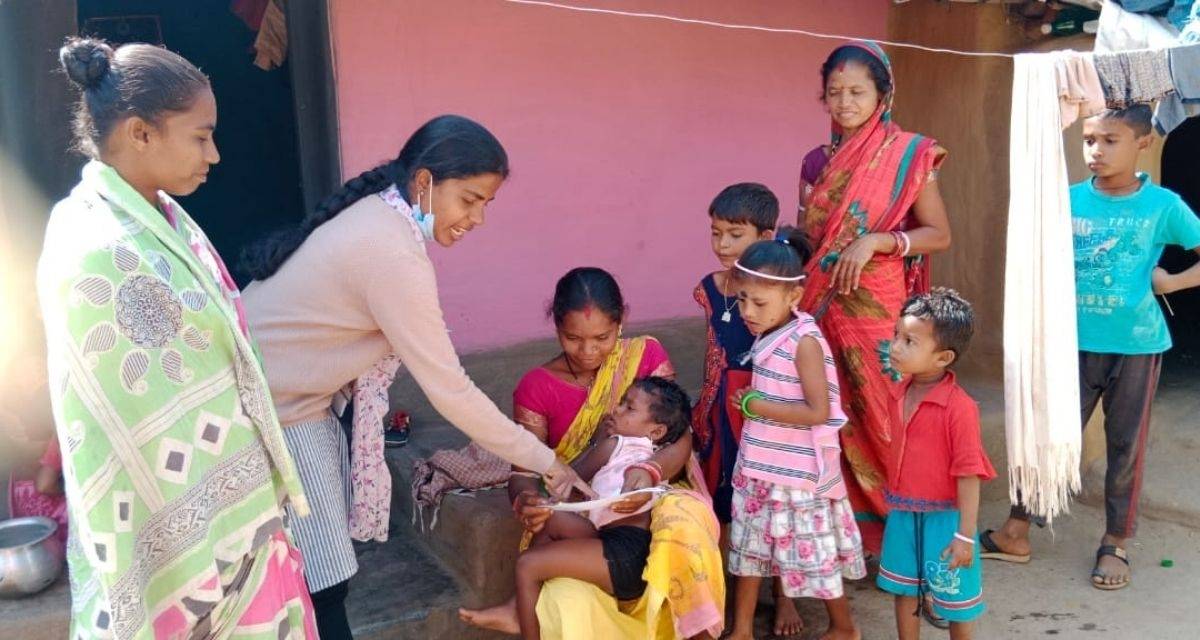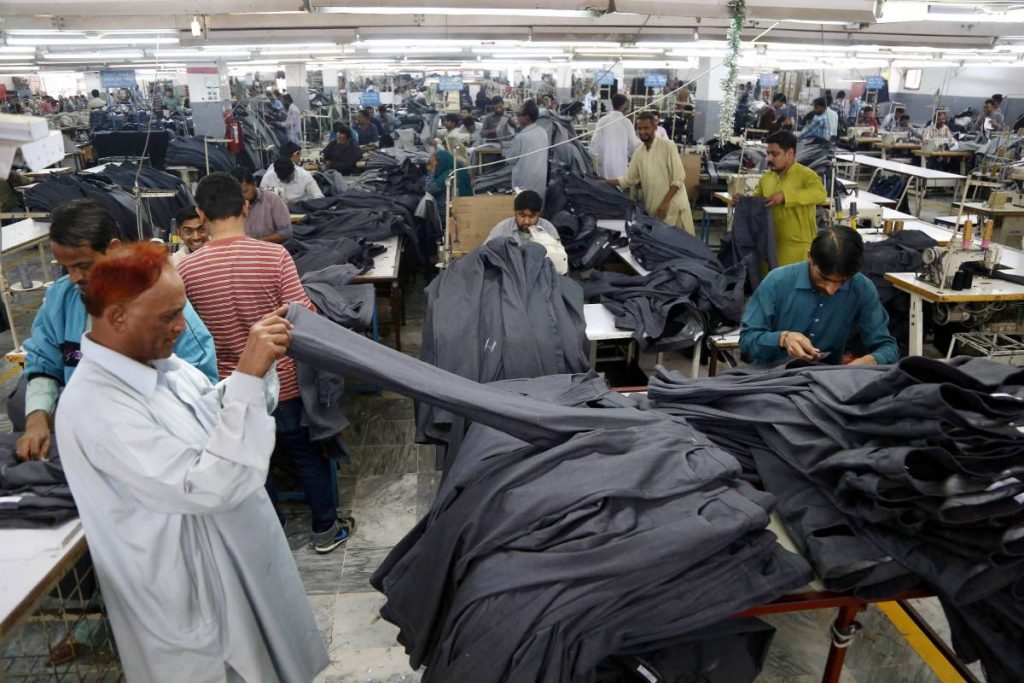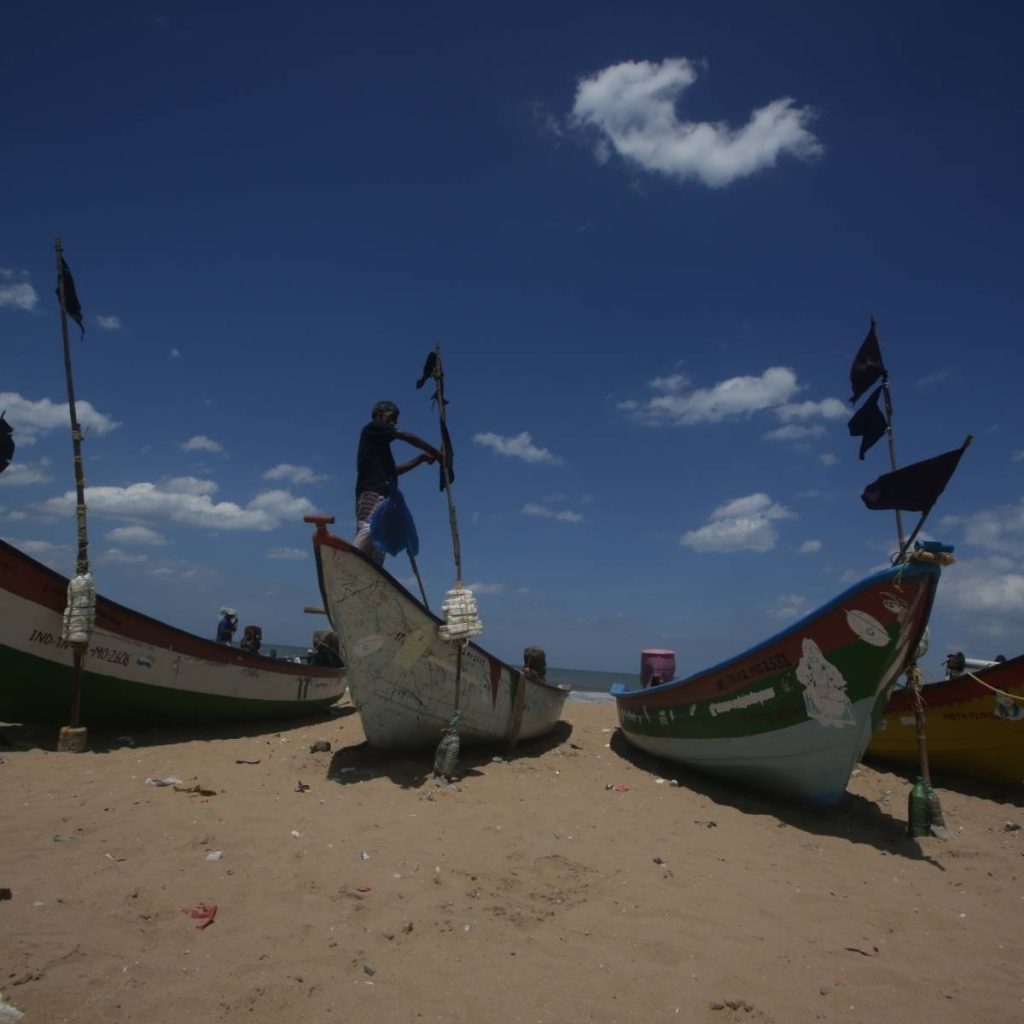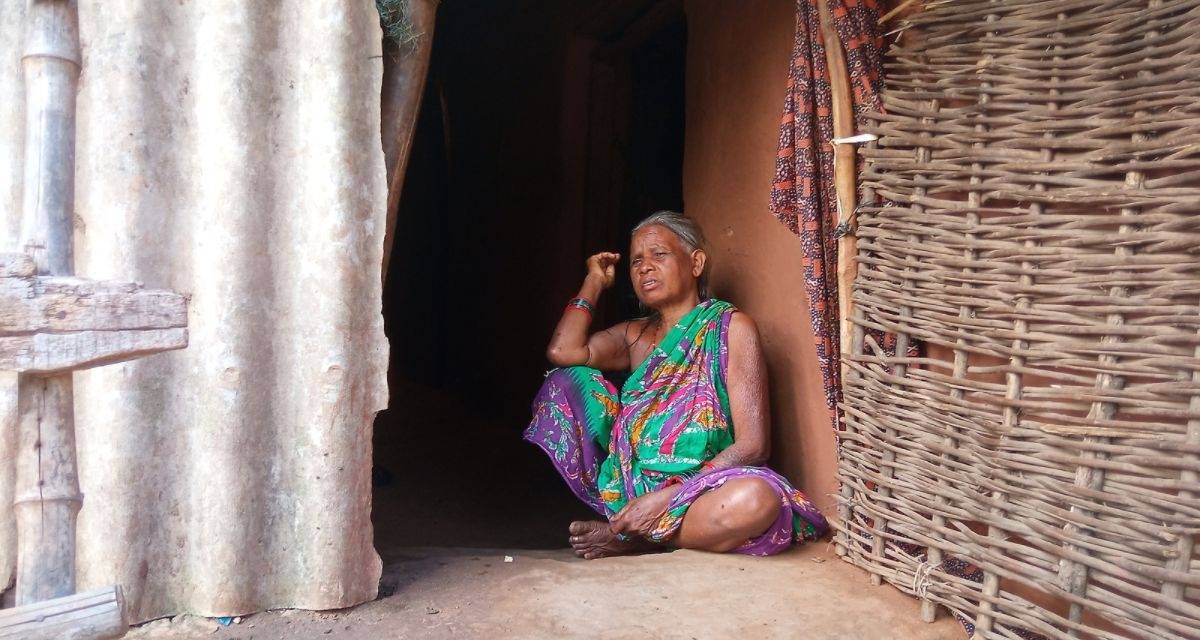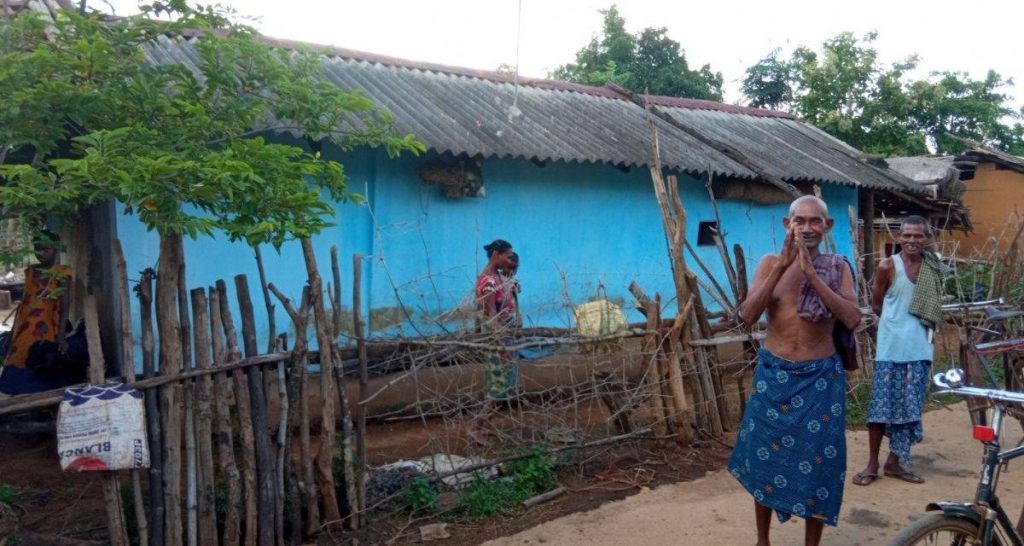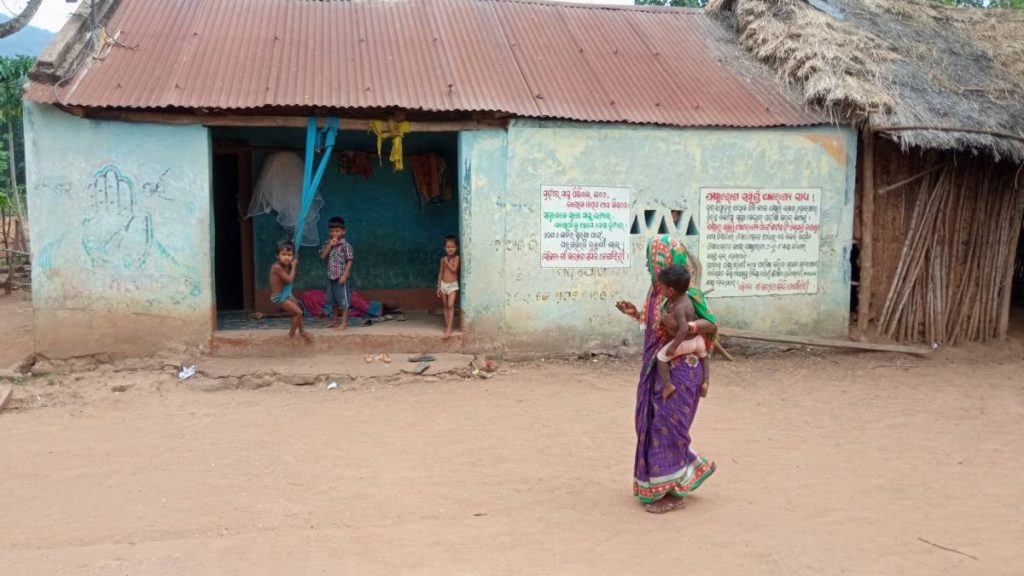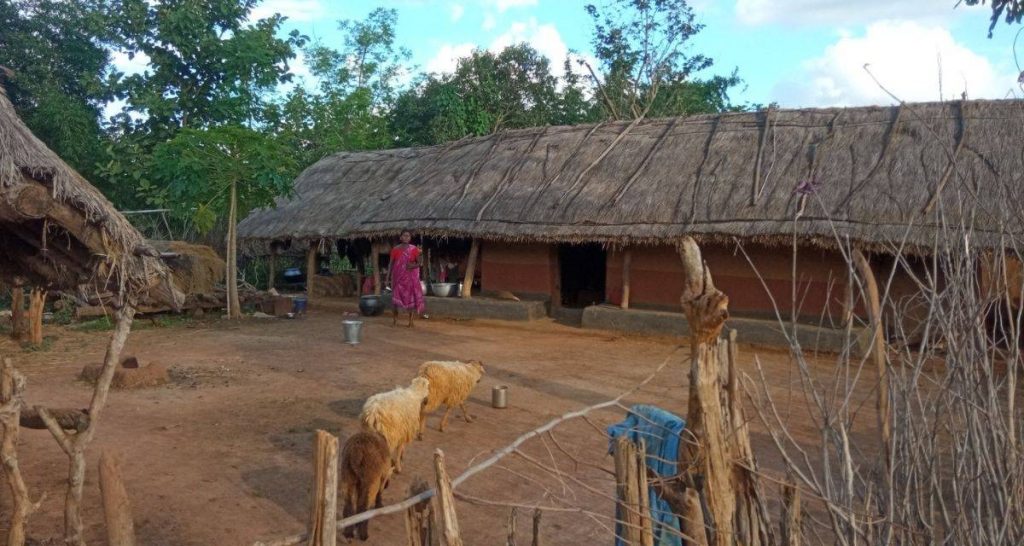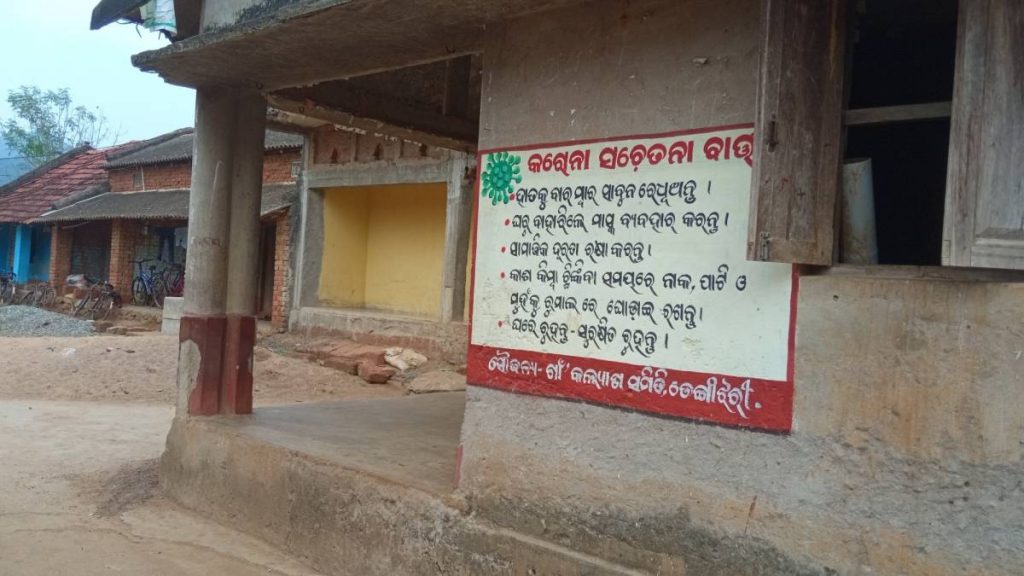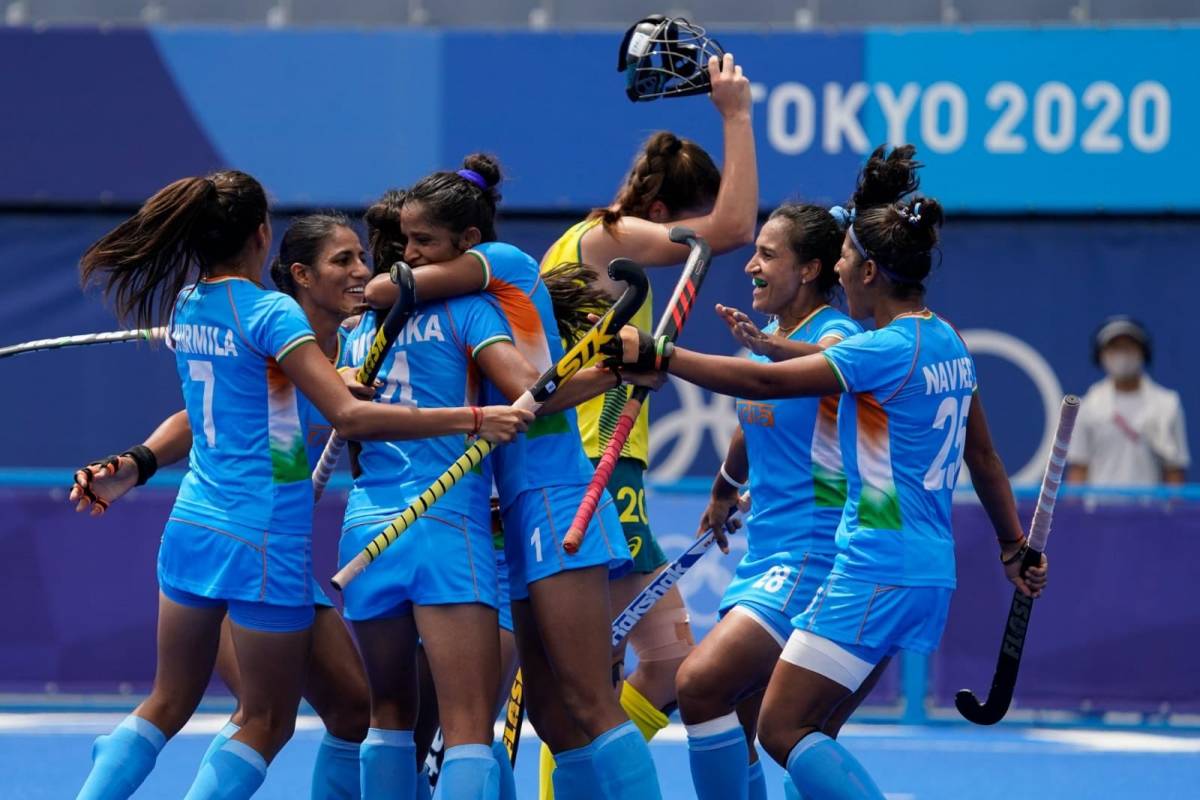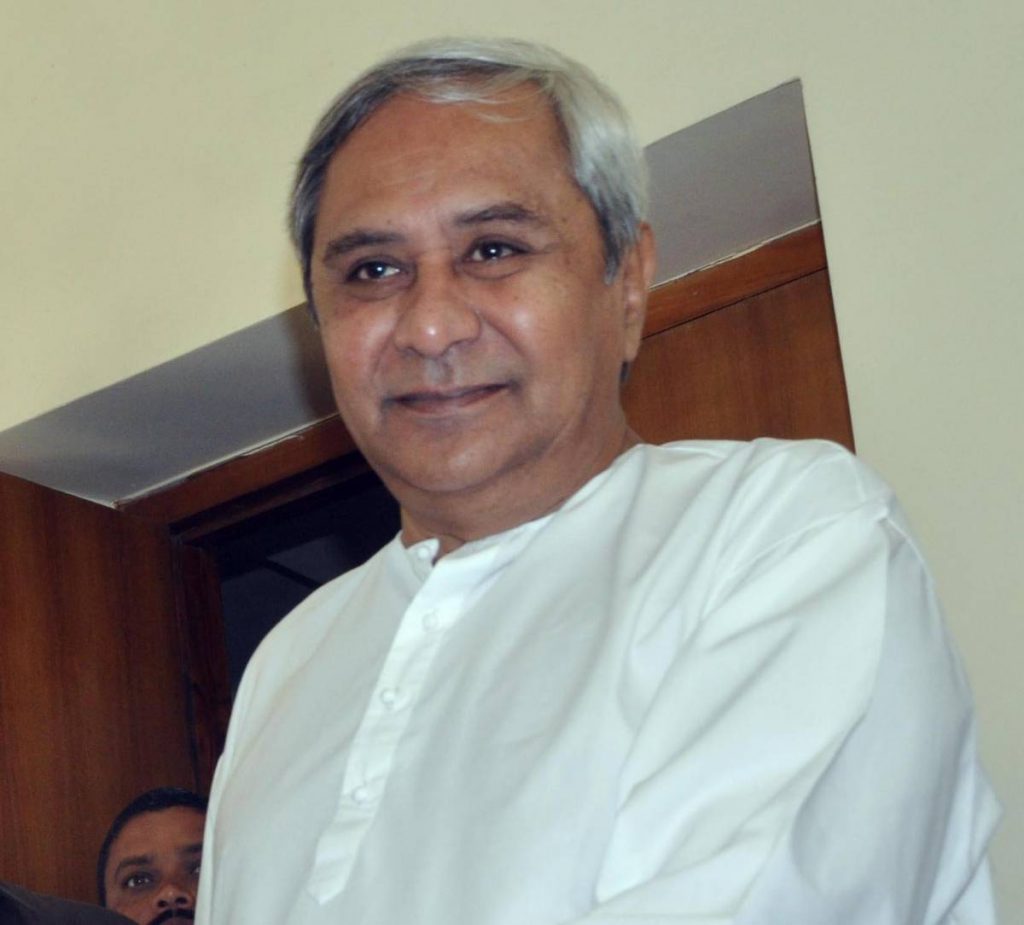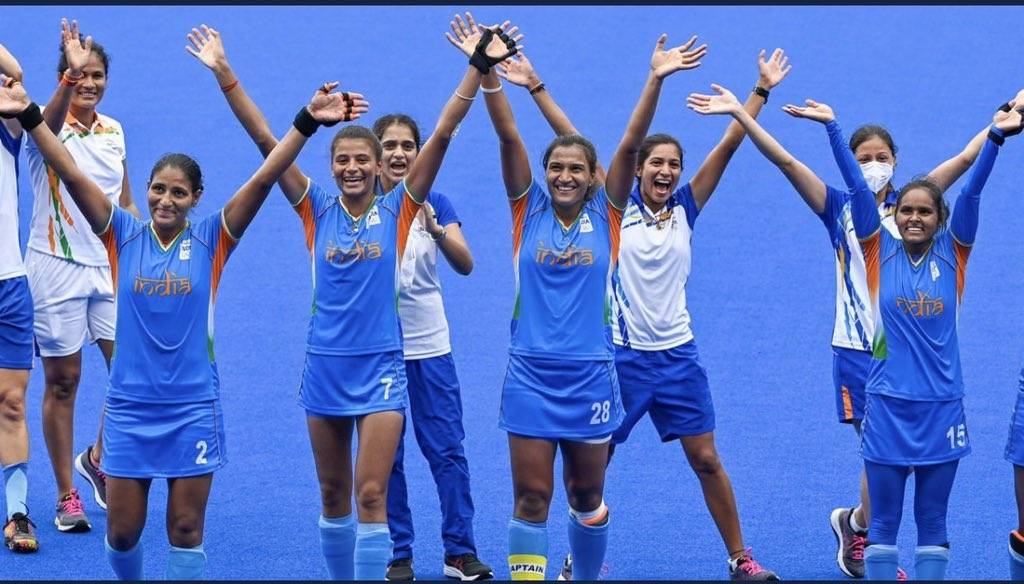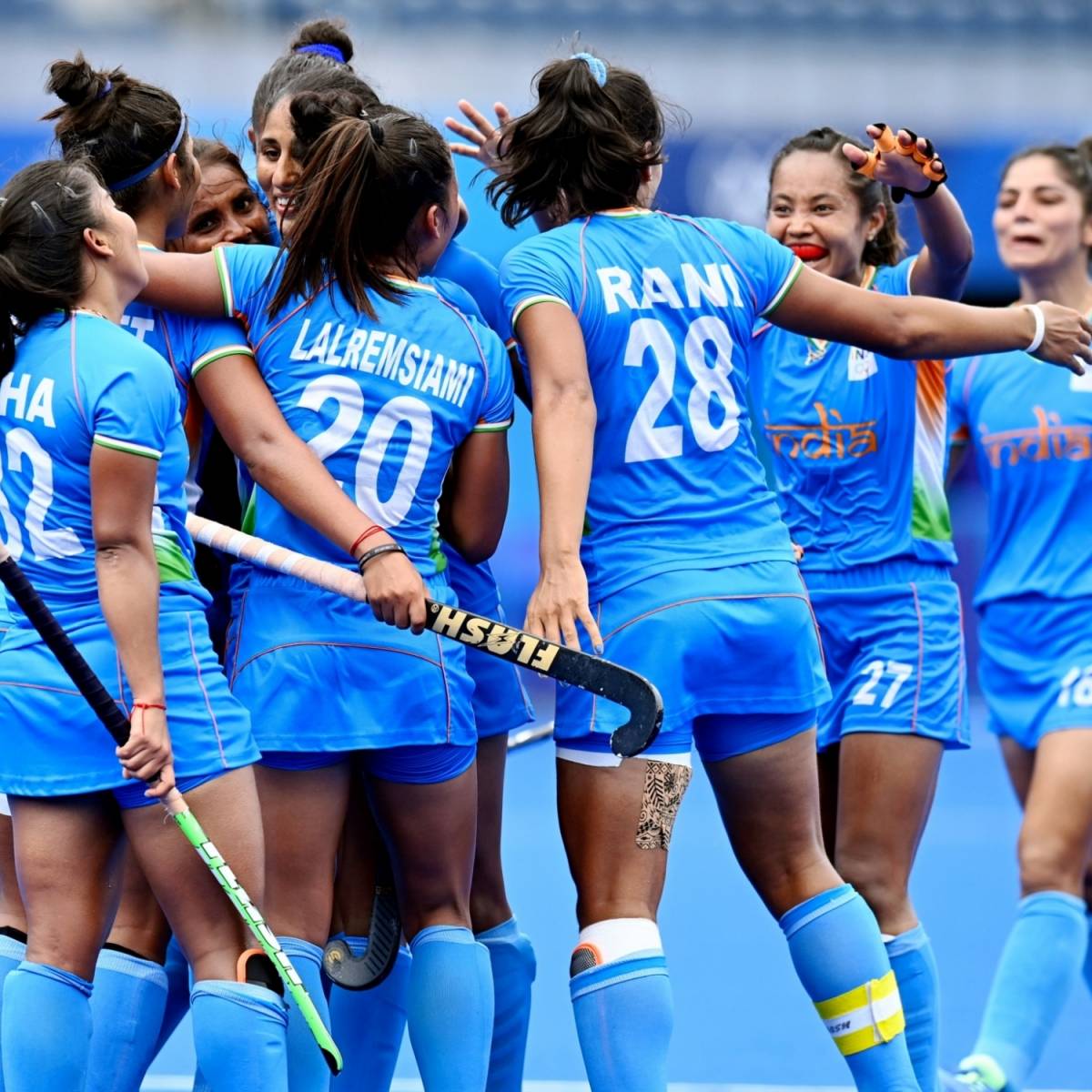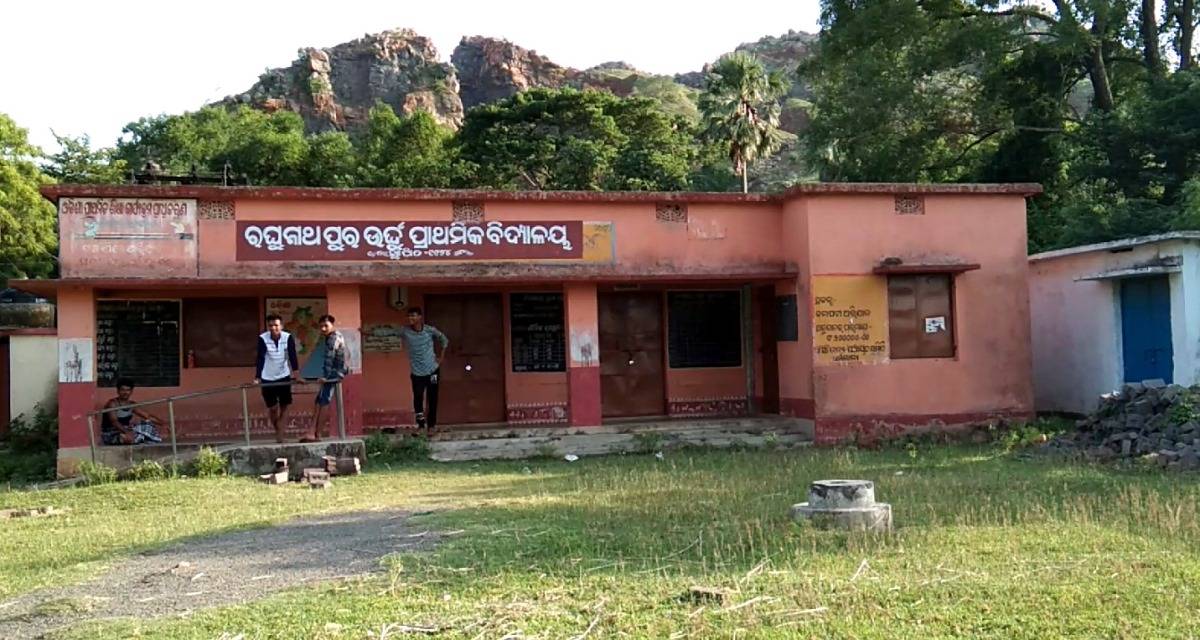Within three days of trying their luck on Twitter, ration supplies were delivered at their doorstep…reports Naba Kishor Pujari
“Why shouldn’t we try our luck with Twitter?” Tulsi Naik had thought, after having no access to ration supplies during the lockdown in 2020 despite innumerable appeals. Naik, who works with the Nagarik Vikash Sangathan, a people’s collective in Kalahandi district of Odisha, had been trained to use Twitter.
“During the lockdown, the supply of rations was stopped. Despite visiting the panchayat office several times, the issue wasn’t resolved,” says his wife Simanjali, a 21-year-old marginal farmer from a Dalit background. “The office is 20km away and I had to spend Rs 200 to Rs 300 to travel and lose a day’s work, when I already wasn’t earning much due to the lockdown.”
Within three days of trying their luck on Twitter, ration supplies were delivered at their doorstep.
Tulsi and Simanjali are not exceptions. The popularity of the social media site Twitter continues to grow beyond the urban and semi-urban elite classes, even more so since the pandemic struck. Marginalised communities, primarily in developing countries, continue to face challenges in expressing their grievances and concerns due to lack of accountable communication channels. However, since the outbreak of Covid-19, Twitter has emerged as the preferred digital platform in rural Odisha for grievance redressal.
Digital deliverance
The digital platform not only helps people resolve their problems but also save time, money, and energy, as all they need is access to smartphones. In fact, the Odisha government adopted the 5T model to ensure a tech-enabled governance reform system. The 5T guidelines — teamwork, technology, transparency, transformation and time limit — mandate the department concerned to take action on issues within 24 hours of a tweet.
According to Statista, India has the third-highest number of Twitter users, at 24.45 million. It indicates huge potential for individuals to use the platform as a grievance redressal forum and for organisations to adopt digital era advocacy.
In Odisha, the state government has 40 departments, all of which are on Twitter, and it has proven to be the most convenient means to contact government officials.
How Twitter saved the day
Mandila Digal, an 80-year-old from the remote village of Rajupadar in Kandhamal district’s Kotagada block, was overwhelmed when he finally received free ration at his doorstep after over a year of struggles and appeals. At the onset of the pandemic in India, Digal’s family was hit by an acute financial crisis, as most of his family members worked as daily wage labourers, and the lockdown put a stop to their income. At that time, the Odisha government had announced the distribution of 5kg rice and 1kg dal free of cost through the Public Distribution System for three months from April 2020. But his family could not benefit from this provisioning as they didn’t have an Aadhaar card, which was mandatory to avail this scheme.
After finding out about Digal’s woes, Santanu Patra, a local youth who’s been helping amplify the underprivileged voices through Twitter since 2020, visited Rajupadar. He collected all the required information, including Digal’s photos, posted them on his Twitter handle and also tagged Chief Minister Naveen Patnaik, the then minister of food and consumer welfare Ranendra Pratap Swain and the district collector of Kandhamal. The very next day, the Gram Rojgar Sevak, Village Level Worker and the area’s Civil Supply Inspector rushed to Digal’s house to provide him with rations.
“As there were restrictions imposed to contain Covid-19, digital platforms were the only way to reach out to authorities,” Patra says. “I had noticed that government offices were responding on Twitter, so I used the medium to help people. So far, I’ve tweeted close to 500 issues, of which over 30 have been resolved.”
To migrant labourers’ rescue
Maheshwar Sunani (42) and his wife Debaki (37) of Muribahal village, under Nuapada district’s Komna block, had migrated to Hyderabad for work. But as cases of the coronavirus were on the rise across the country, they decided to return to their native place in June 2020. Without jobs and no savings, free rations could have been their only respite, as Maheshwar was a ration card holder, but the mismatch of the names of family members on the card had rendered it invalid.
Simanjali Naik, a 21-year-old marginal farmer had spent Rs200-300 on a day’s travel to avail ration during the lockdown. However, the Twitter request got the administration to deliver ration to their doorstep within three days.
Sunani approached his local sarpanch, gram panchayat executive officer and even the block development officer, but in vain. This was when Surendra Sunani, a local youth and member of Nuapada-based people’s collective Shramajeebee Bikash Mancha, stepped up to help. He posted the family’s plight on Twitter, tagging all relevant officials and line departments — the family received rations at their doorstep within three hours of his tweet!
“I had no idea about Twitter. But now, as I see its impact, I am overwhelmed,” says Maheshwar.
Recalling his initial journey as a Twitter warrior, Surendra says, “Opting for a digital mode of communication may demotivate someone new to it as there’s no surety of a response. Initially, it was difficult to convince people that tweeting was more effective than physically visiting government offices, but after a few issues were resolved, people had more faith in me.”
As recently as May 28, while visiting Bhatapani village in the district’s Sinapali block, Dolamani Bhoi, a 30-year-old Twitter warrior, came to know that all five tubewells in the village were defunct. Bhoi took to Twitter to contact the concerned officials and departments, soon after which the Twitter handle of the Odisha government’s Panchayati Raj and Drinking Water Supply Department responded, assuring him that the tubewells had been repaired and were running smoothly.
Twitter warrior Dolamani Bhoi prompted administrative action on five difunctional tube wells.
When a tweet does not get attention
Given the volume of messages shared on the platform, there’s no guarantee of a response to all tweets, regardless of the authenticity or urgency of an issue. Where the outreach of individual tweets with a lower follower base may be limited, the need for collective digital activism comes in.
“I intend to get a response from the department each time I tweet, but the rate of response is 10 per cent to 20 per cent,” Bhoi says. “Still, it’s much better than people meeting officials in person or filing written complaints. When no action is taken, I contact 12baje12minute, a digital platform that gives voice to rural India. It collects and raises issues for speedy redressal and has considerable reach. This online community helps highlight our local issues. Concerned authorities are more likely to pay heed to an issue when they tweet on our behalf or retweet our post.”
Santanu follows the same pattern in his areas. “I seek support from local sangathans and digital groups, including 12baje12minute,” he says.
Is the future digital?
Given the number of authorities across different levels of the government with Twitter handles, they become accountable when tagged in a post of such kinds that demand attention. This, in turn, prompts swift action.
Block Development Officer of Udala Debajani Bhuyan, in Odisha’s Mayurbhanj district, is hopeful about the use of Twitter to resolve local problems.
“The state government is a pioneer in establishing a technology-enabled governance system. People are already benefiting due to the 5T initiative,” she says. “It’s heartening to see the youth using digital platforms to resolve their issues and also enable us to get through our problems with greater ease.”
Repeatedly tagging a government official or account may get irksome, but citizens have the right to demand answers, especially if their grievances have not been addressed, says Laxmidhar Singh, a tribal rights activist. This is the only way available at the moment to ensure greater transparency and accountability in governance, he adds.
Nityananda Thanapati, the social worker from Bhubaneswar who handles the 12baje12minute Twitter handle, says, “Earlier, a pen was considered mightier than the sword. But now, a tweet is mightier than the pen in many aspects.”
Thanapati has been spearheading a collective effort to create a Twitter warriors’ group in Odisha from village to state level.
“The governance mechanism in future has to be digital. That’s what made us create an e-sangathan, wherein we plan to educate and engage people to use digital platforms like Twitter to reach out to the administration,” he says. “We are happy that more people are relying on the platform as a solution to their problems.”
ALSO READ-‘Using wife as ATM amounts to mental harassment’

